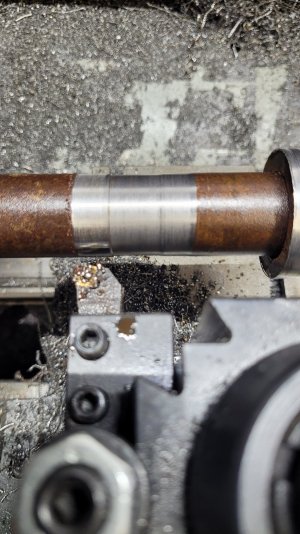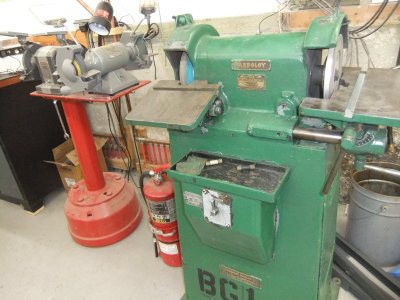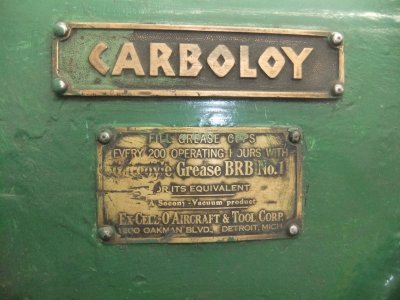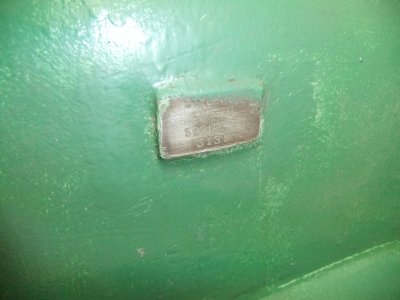KeeponDragon
no problems... just challenges
A coworker is a wood turner (dead tree carcasses are his jam)
We were discussing our tooling needs and uses between our two disciplines
He brought up sharpening, which I hadn't even considered. These Ali-xpress inserts are cost effective enough to almost not bother.
But he offered his kit for tuning edges, so I gave it a go last night.
Found a wore out insert in the swarf under my lathe, gave it some love on the 600grit card. It worked. Or at least I think it did. I didn't check what material the pin I turned was made of.
I'll shoot a quick video tonight...if I have time lol

We were discussing our tooling needs and uses between our two disciplines
He brought up sharpening, which I hadn't even considered. These Ali-xpress inserts are cost effective enough to almost not bother.
But he offered his kit for tuning edges, so I gave it a go last night.
Found a wore out insert in the swarf under my lathe, gave it some love on the 600grit card. It worked. Or at least I think it did. I didn't check what material the pin I turned was made of.
I'll shoot a quick video tonight...if I have time lol





